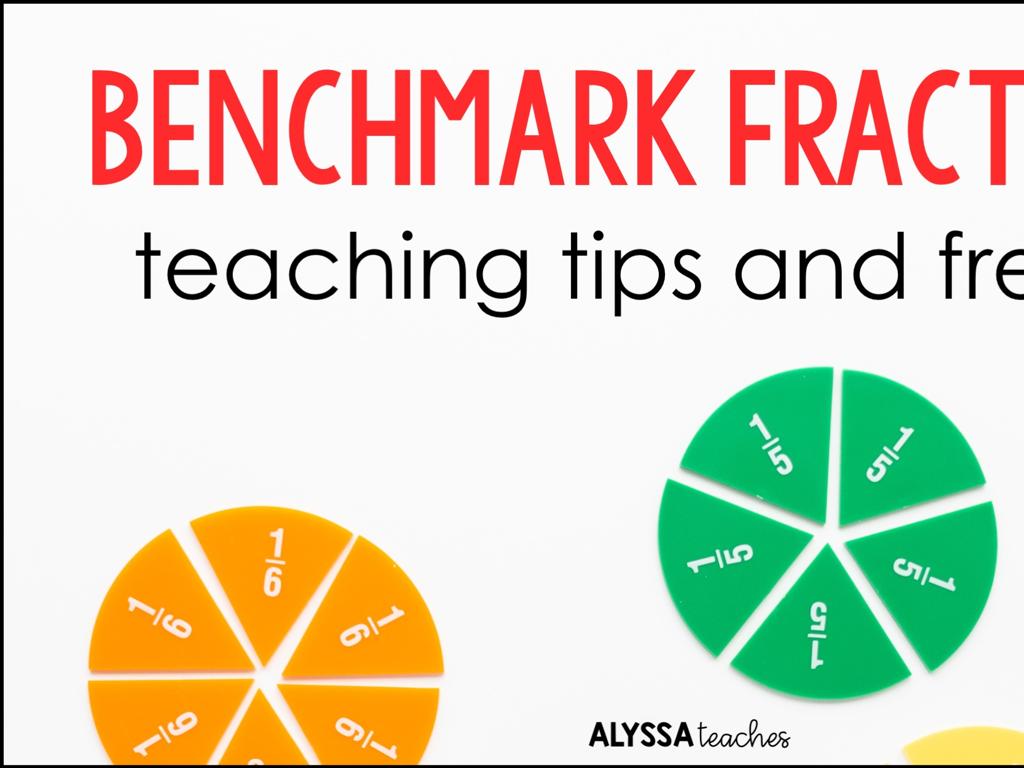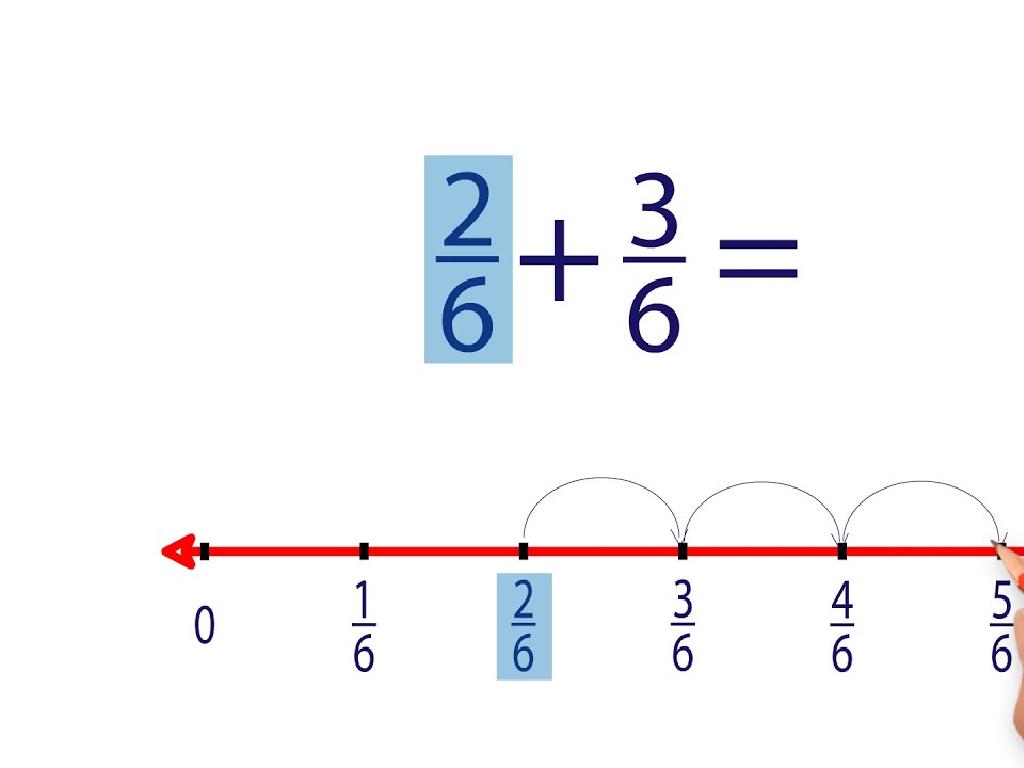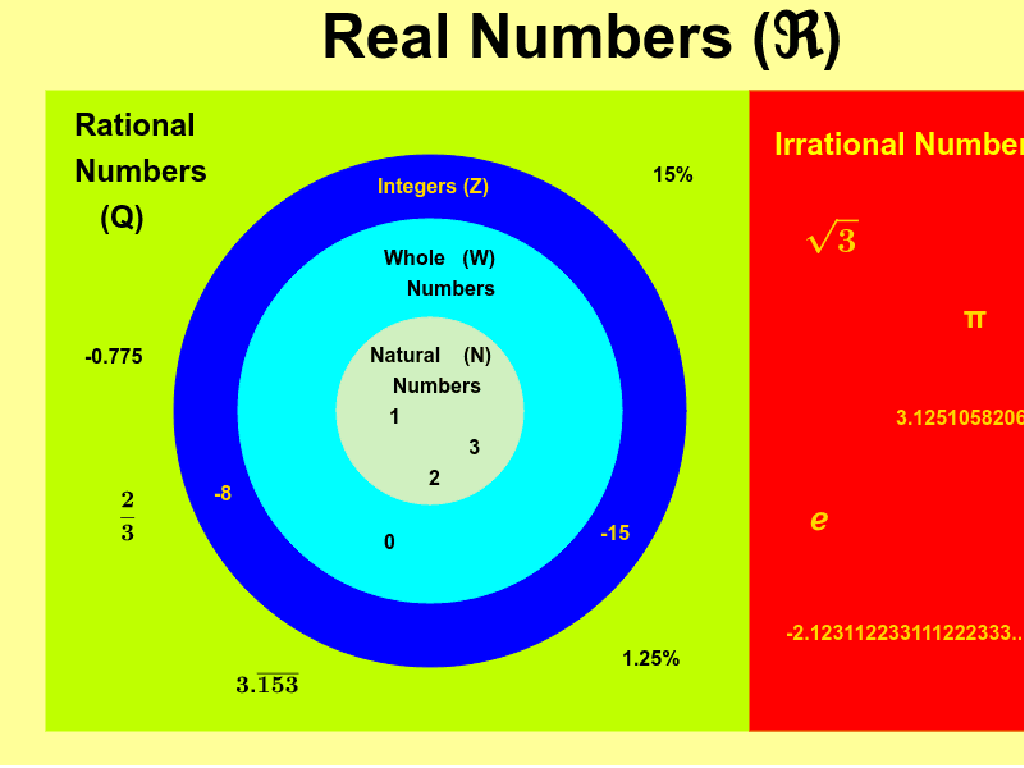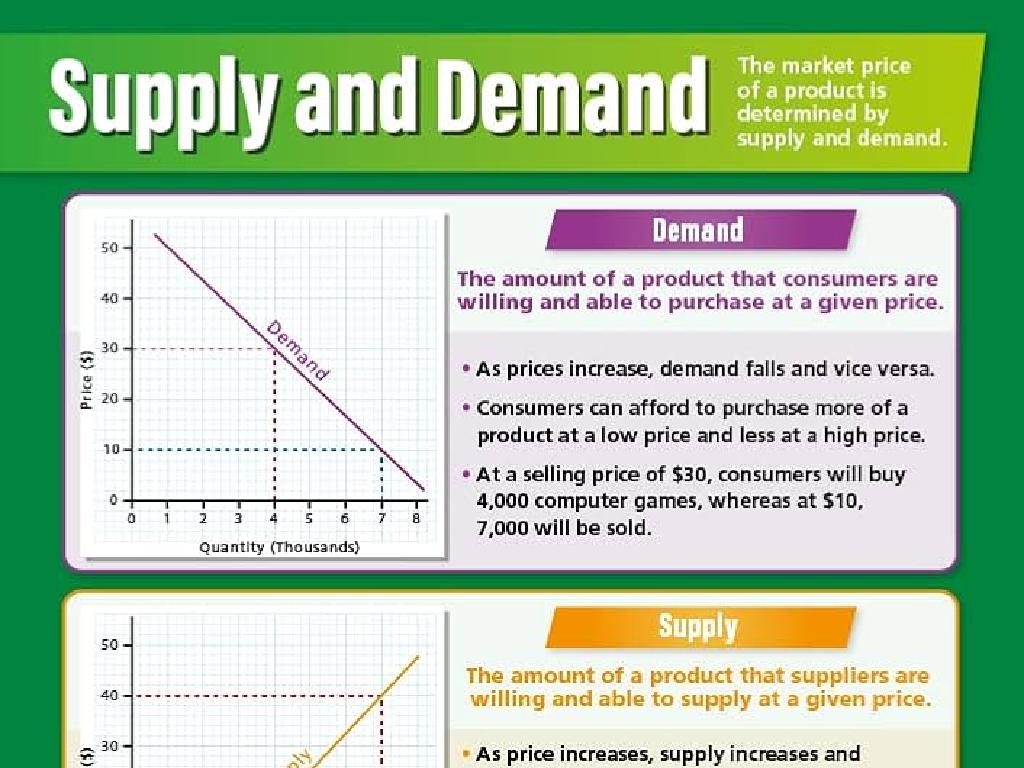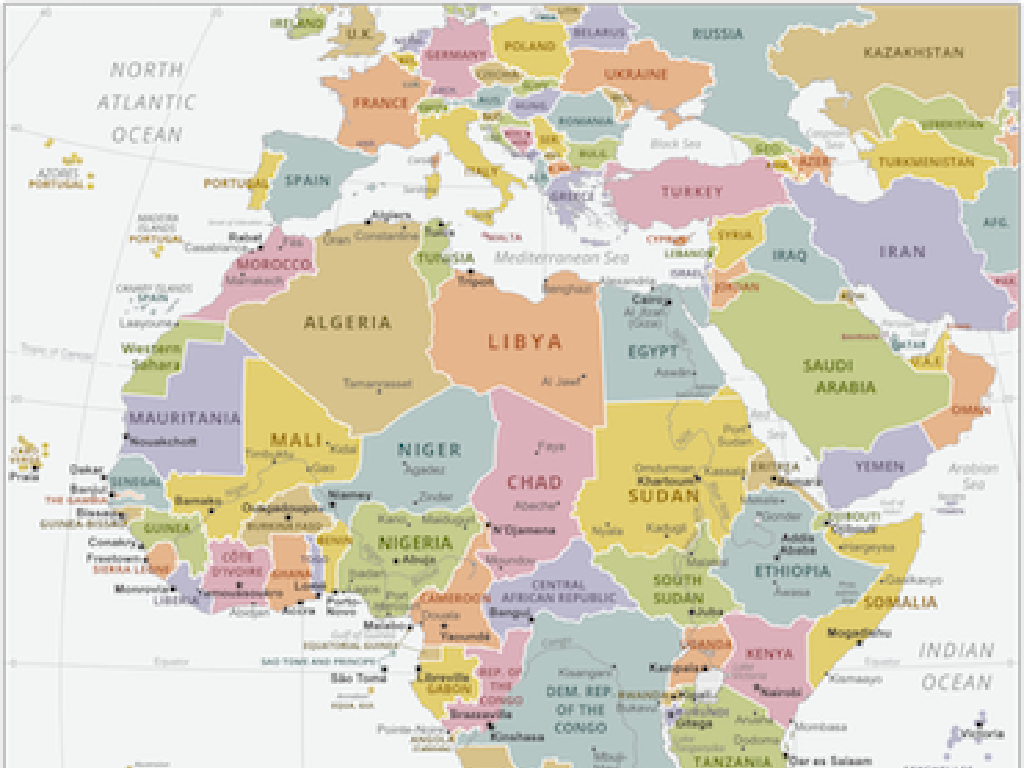Compare And Convert Metric Units Of Volume
Subject: Math
Grade: Fifth grade
Topic: Metric Units Of Measurement
Please LOG IN to download the presentation. Access is available to registered users only.
View More Content
Welcome to Metric Units of Volume!
– What is volume?
– Volume measures how much space an object takes up.
– Metric units for volume
– Liters (L), milliliters (mL), and cubic centimeters (cm³) are common metric volume units.
– Everyday use of volume
– We use volume to measure liquids like water or milk in cooking and filling up gas.
– Converting metric volumes
– Learn to switch between different units, like mL to L, using multiplication or division.
|
This slide introduces students to the concept of volume and its relevance in everyday life. Volume is a three-dimensional measure of how much space an object occupies. Students will learn about the metric units commonly used to measure volume, such as liters and milliliters, and how these units are applicable in real-world scenarios such as cooking or fueling a car. Emphasize the practicality of understanding volume and ensure students grasp the basics of converting between different metric units. Provide examples and practice problems to solidify their understanding.
Understanding Volume in Metric Units
– Volume: space an object occupies
– Metric units: L, mL, cm³
– 1 L = 1,000 mL, 1 mL = 1 cm³
– Real-life example: water bottle
– How much water can your bottle hold?
– Converting between units
– Use multiplication or division to convert
|
Volume is a three-dimensional space taken up by an object, which we measure in metric units. Liters are commonly used for larger volumes like that of a jug, while milliliters are for smaller volumes such as a medicine dose. Cubic centimeters are often used in scientific contexts. For instance, a standard water bottle might hold 500 mL, which is half a liter or 500 cm³. When converting, remember that 1 liter equals 1,000 milliliters, and 1 milliliter equals 1 cubic centimeter. Encourage students to bring a water bottle and measure its volume as a practical example. Teach them how to convert between different units using multiplication or division, depending on whether they are scaling up or down.
Metric Units of Volume: Milliliters & Liters
– Common units: milliliters, liters
– Conversion: 1 liter = 1,000 milliliters
– Remember, just like 1,000 millimeters make a meter, 1,000 milliliters make a liter.
– ‘Milli-‘ means ‘thousandth’
– Understanding prefixes helps with other metric units too.
– Practice conversion problems
– How many milliliters are in 3 liters? (Use the conversion to solve)
|
This slide introduces students to the metric units of volume, focusing on milliliters and liters, which are commonly used in everyday situations. Emphasize the relationship between the units, showing that ‘milli-‘ is a prefix meaning ‘thousandth,’ which helps in understanding that there are 1,000 milliliters in a liter. Use visual aids or physical examples, like a one-liter bottle and a milliliter medicine dropper, to help students grasp the concept of scale. Encourage students to practice converting between milliliters and liters with real-life examples, such as measuring water or juice, to reinforce their understanding. The notes section provides additional context and suggestions for teaching the concept effectively.
Converting Metric Units of Volume
– Convert liters to milliliters
– 1 liter equals 1000 milliliters
– Milliliters to liters conversion
– 1 milliliter equals 0.001 liters
– Multiplication for liters to mL
– To convert liters to mL, multiply by 1000
– Division for mL to liters
– To convert mL to liters, divide by 1000
|
This slide is aimed at teaching fifth graders how to convert between liters and milliliters, which are common metric units of volume. Start by explaining that 1 liter is the same as 1000 milliliters, and vice versa, 1 milliliter is 0.001 liters. To convert from liters to milliliters, students should multiply the number of liters by 1000. Conversely, to convert from milliliters to liters, they should divide the number of milliliters by 1000. For example, to convert 2 liters to milliliters, multiply 2 by 1000 to get 2000 milliliters. Encourage students to practice with different numbers and to check their understanding by converting back and forth between the two units.
Comparing and Converting Metric Volumes
– Compare volumes with >, <, =
– Example: 1.5L vs 1500mL
– 1.5L is equal to 1500mL, so 1.5L = 1500mL
– Understand unit equivalence
– 1 liter (L) is the same as 1000 milliliters (mL)
– Practice with different measures
– Convert and compare: 2L to mL, 750mL to L
|
This slide introduces students to the concept of comparing volumes using the greater than, less than, and equal to symbols. Start by explaining that different units can be used to measure the same volume, and it’s important to understand how to compare them. Use the example provided to show that 1.5 liters is the same volume as 1500 milliliters, demonstrating equivalence. Then, guide students through understanding that 1 liter is equivalent to 1000 milliliters. Encourage practice by providing various measures to convert and compare, such as converting 2 liters to milliliters or 750 milliliters to liters, reinforcing their understanding of volume comparison and unit conversion.
Practical Applications of Volume Measurement
– Using volume in cooking
– Recipes require precise volume measurements for ingredients.
– Calculating pool volume
– Determine how much water is needed to fill a pool.
– Measuring medicine accurately
– Correct dosage of medicine often depends on volume.
– Understanding volume units
|
This slide aims to show students how the concept of volume measurement is applied in everyday life. When cooking, it’s crucial to use the correct volume of ingredients to ensure the recipe turns out well. For filling up a swimming pool, one must calculate the volume to know how much water is needed. Accurate volume measurement is also essential in medicine, as it ensures that patients receive the correct dosage. Understanding and converting metric units of volume is not just a math skill but a practical tool used in various real-life situations. Encourage students to think of other examples where they or their families use volume measurement at home.
Class Activity: Volume Conversion Challenge
– Receive various volume measurements
– Pair up to tackle conversion problems
– Use conversion charts to help you
– Discuss solutions with your partner
– Explain your reasoning to your partner
– Present findings to the class
|
This activity is designed to reinforce the students’ understanding of metric units of volume and their ability to convert between them. Provide students with a range of volume measurements in liters, milliliters, etc., and ask them to work in pairs to convert these measurements into different units. Encourage collaboration and discussion between partners to solve the problems. After completing the conversions, each pair will share their answers with the class, allowing for peer learning. As a teacher, prepare to guide them through the conversion process, offer conversion charts for reference, and ensure they understand the relationship between different metric units. Possible activities could include converting a recipe’s liquid ingredients from milliliters to liters, determining the volume of water in different sized containers, or comparing the volume of drinks in different metric units.
Wrapping Up: Volume & Conversion
– Review metric volume units
– Remember liters (L), milliliters (mL), and how to convert between them.
– Why volume matters
– Volume is used in cooking, science, and more. Knowing how to measure and convert is key!
– Ask questions now
– Let’s clarify any doubts
|
As we conclude today’s lesson, it’s important to recap the metric units of volume such as liters and milliliters, and the methods we’ve learned to convert between them. Understanding volume is crucial in many real-world contexts, such as following recipes in cooking or calculating liquid for experiments in science. Encourage the students to ask any questions they might have and provide clarification where needed. This will ensure that they are confident in their ability to compare and convert metric units of volume and apply this knowledge in practical situations.

